“Both sides are at fault” for shutdown of Homecoming dance
Photo by (Photo by Fernando Calvillo-Morales)
Students help themselves to water bottles at the Homecoming dance before the shutdown.
November 13, 2021
With the unfortunate cancelling of the Homecoming dance on October 2, many students at West Chicago Community High School have raised questions as to the main cause.
On the evening of the dance, students arrived at 6:00 p.m. as planned. A large, white tent was situated in the parking lot. As students trickled in, including several outside guests who were not prevented from entering the tent, the DJ played “Love Sosa” by Chief Keef.
Reflecting on the dance, Activity Director Marc Wolfe said, “When the sun went down, the energy went up, got a little rowdier.”
There were rules, announced in the student announcements, leading up to the dance. On September 9, the deans’ office issued the following statement: “Due to contact tracing, NO outside guests will be permitted into the dance. This dance will only be for current WCCHS students.”
Sophomore Rahim Khan said, “I saw outside guests that were not supposed to be there. Anyone [could] step over the curb and join.”
Wolfe confirmed, however, that outside guests were not permitted, and any who might have attended the dance did so against the rules.
As the attendance at the dance picked up, students moved closer to the DJ’s trailer, as his equipment was situated far from the tent.
The dance continued in the typical fashion, as it has for years before. The DJ occasionally stopped the music when some students were throwing water. Some students complained about the DJ crew, especially when “Kiss Me More” by Doja Cat and SZA played, prompting students to chant, requesting a change in song.
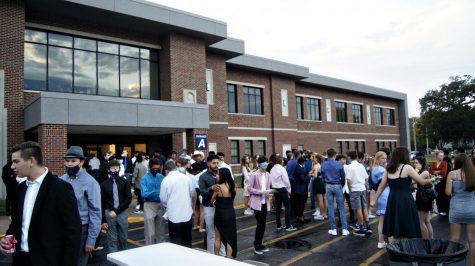
Junior Aidan Murrin said, “Water bottles were thrown on the DJ. DJ got mad, and they threatened to stop. The students continued, and then they did, indeed, stop.”
However, Murrin was not inside the building when further disruptions took place: “I was outside the whole time.”
COMMUNICATION BREAKDOWN
Eventually, around 7:40 p.m., students were directed to move to the bus lane due to the disruptive behavior. Instead, students headed into the school.
Wolfe said, “We didn’t direct them inside the building. Students chose to go inside.”
A disruption broke inside, with students moshing in the hallways and eventually making their way to Commons. The scene involved a mosh pit in the center of the cafeteria, surrounded by students standing on tables and on the ground. Some crowd-surfed within the mosh pit.
There was clearly confusion when it came to communication. Staff were trying to get students to calm down and clean up the dance floor to make the event safer for all. The transmission model of communication may shed some light on the breakdown of information: noise likely played a role in any misinterpretation of messages regarding where to go and why. Hundreds of attendees created substantial background noise, which may have resulted in students receiving or interpreting messages incorrectly.
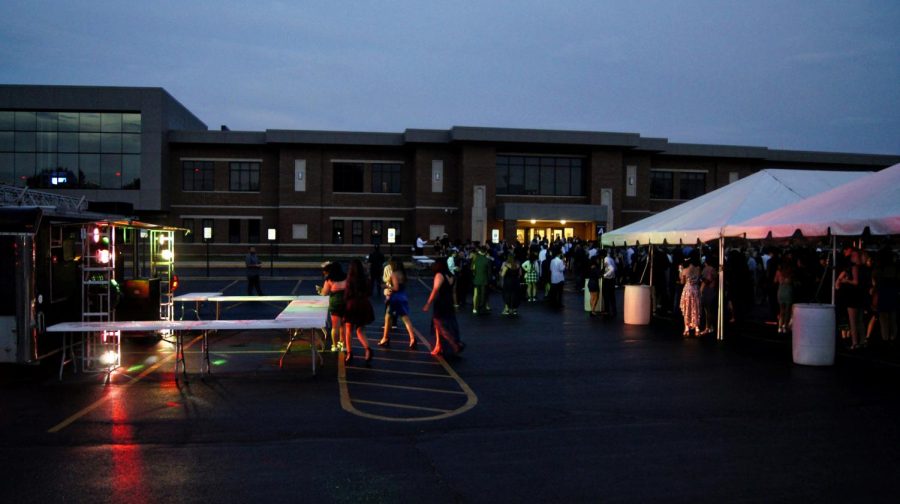
Interpersonal Communications teacher Paul Lichy reflected on the idea of communication in general: “Communication is a process and it’s an ongoing cycle. It’s incredibly complex. There are many parts where it can go wrong and be misinterpreted.”
In addition to communication issues, at one point, the refreshment area was littered with candy and snacks as chaperones attempted to stop any behavior deemed inappropriate. Bottled water was still being thrown in the air once students were inside the Commons.
Senior Gerardo Avila said of the events inside, “I was sitting with my friends, I heard a mob coming. Then it happened so fast. Candy was thrown on the ground, and staff went inside [the] food service area in the cafeteria. One administrator was chasing kids, people were still throwing water and moshing, it smelt musty, and we were forced back outside.”
“Sending us back inside was not a good idea. It was mismanaged with the unpredictability of where the crowd was,” said sophomore Brandon Heath.
At some point, the chaperones decided to reconvene the dance outside. There, the same occurred: more water bottles were thrown, and ultimately, a call was made to shut down the dance for good an hour early.
Student Council advisor and Social Studies teacher Candace Fikis said, “It was heartbreaking to have to shut down the Homecoming dance early after weeks of hard work and preparation from Student Council members and all the excitement of the students for having a dance for the first time in a while.”
COLLECTIVE BEHAVIOR
After the event, questions arose as to how students could behave in such a disruptive fashion. Sociology teacher Maggie Haas spent some time deconstructing the event with her students, offering up a theory as to what happened, and why Homecoming attendees acted as they did. Haas pinpointed that “collective behavior” is one possible explanation for the situation that took place.
Characteristics of collective behavior include a lack of structure. For example, the dance was outside, and in this reporter’s view, there was no defined perimeter. Because it was held in a parking lot at night, there were opportunities for students to bring in outside guests, despite the deans’ office’s edict.
Wolfe said, “None of the outside guests were knowingly allowed in.”
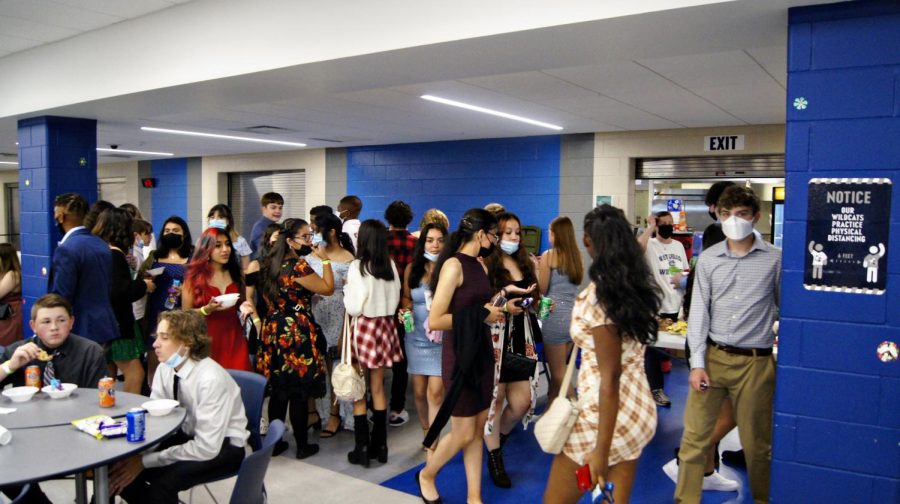
Another characteristic of collective behavior involves unpredictability: perhaps unpredictability can be seen in students’ reactions to the DJ and his music selections. His songs were always random, and students reacted – verbally and otherwise – based on their opinions of the DJ’s performance.
The collective behavior theory also identifies different types of crowds, which can change depending on the action and mood of the individuals involved, and their main objective. One idea about crowds of people that fits well with the situation at the Homecoming dance is the contagion theory, which is when a few members of the crowd stimulate others’ behaviors. Such may have been the case when students served as “hype men” for the mosh pit.
In fact, many social factors have to be accounted for, including a raging pandemic that has affected students for the last 18 months, and the added stress of this school year, which has proven a tough transition for some students.
In a brief interview with Haas, she expanded on the idea of collective behavior as it related to the Homecoming dance: “The change in setting from being outside to inside and then back outside created an uncertainty, and because of that uncertainty, people didn’t know how to act. Because, to be honest, we haven’t been around people much, and there is a lot of unfamiliarity in that area.”
THE WILDCAT WAY
After the dance, West Chicago Community High School Principal Dr. Will Dwyer, Assistant Principal for Teaching and Learning Mary Howard, and Assistant Principal of Administrative Services Pete Martino held discussions in the auditorium with juniors and seniors during students’ physical education hour. In the discussion, the administrators spoke about their own families and how they were affected by the pandemic. They also briefly talked about the “Wildcat Way”, a relatively new concept that has been often mentioned around the school since the dance.
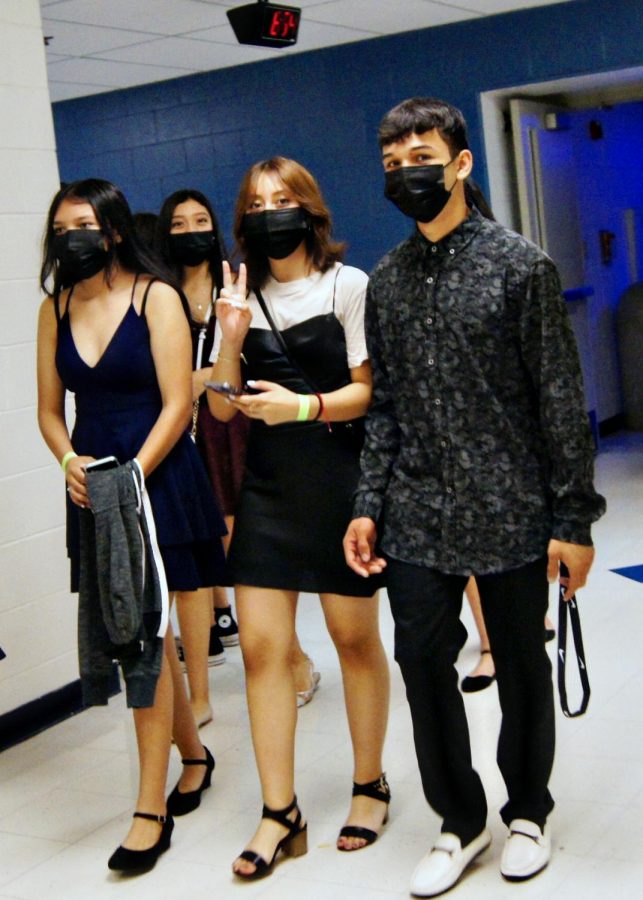
During the meetings, juniors and seniors were criticized as upperclassmen for their lack of leadership in the school; they were compared to previous graduating classes. Juniors and seniors were also asked what could improve their high school school experience: repeated answers centered around the parking situation and lunch menu.
At a separate time, Dwyer was interviewed via email about the “Wildcat Way”. Dwyer said, “A Wildcat displays growth in leadership, learning, and living.”
He also explained that Wildcats “embody the values of compassion, acceptance, forgiveness, and resilience.”
CHANGES AT WEGO
Since the Homecoming dance and subsequent meetings between the administration and upperclassmen, a few changes have resulted. In a follow-up conversation over email, Dwyer explained more entrances have been opened up at the school for zero-hour students. The administration is working with local authorities to remove cars from the Geneva lot that are parked illegally. Food service has also changed, and the menu now includes curly fries, wraps, and a taco bar.
Students’ perspectives and responses from the meetings conducted in P.E. classes were also shared with staff during lunch hours.
BOTH SIDES AT FAULT
When it comes to assessing the events that led to these meetings and subsequent improvements, however, there is no doubt the Homecoming dance was mismanaged: taking into account the behavior that took place inside the high school, there should have been no reason at all why the event would continue. Allowing outside guests who were not students inside the dance disregards part of the credibility of the organizers. Allowing behavior to continue for an hour is unacceptable, and suddenly stopping the event riled people up even further.
Wolfe said, “I gave them too many chances.”
However, students at West Chicago Community High School do need to be more respectful and mature. What took place at the Homecoming dance was immature, and rude to the whole community. Both sides are at fault for the poor image of the school that was created the night of October 2. Water being thrown has been a problem in the past, but students usually stop.
“This time students didn’t comply,” said Wolfe.
When other local high schools in the area were informed about West Chicago Community High School’s dance, they made some last-minute changes to create a better environment at their own events.
Wolfe said, “South Elgin and East Aurora had no beverages at all at the dance.”
MOVING FORWARD
Wolfe also brought up future dance policies: “Going forward, we probably won’t have water bottles at dances,” but, “we haven’t officially put anything in stone.”
It is highly recommended a supervisor monitor the food and drink in the dancing area, or perhaps prohibit food and drink in that space, which would prevent bottled water and other items from being thrown around by students who disregard school policies. Water bottles have been a problem for years at the Homecoming dance: maybe an entirely new approach is needed. How about getting gallons of water and pouring cups of water for students to prevent disruptive behavior?
Another recommendation for future events is that it is crucial administrators stand by their rules. If administrators want students to respectfully follow the rules stated, then they must hold up their end of the bargain as well. Non-students attending the dance was a violation of the rules clearly provided.
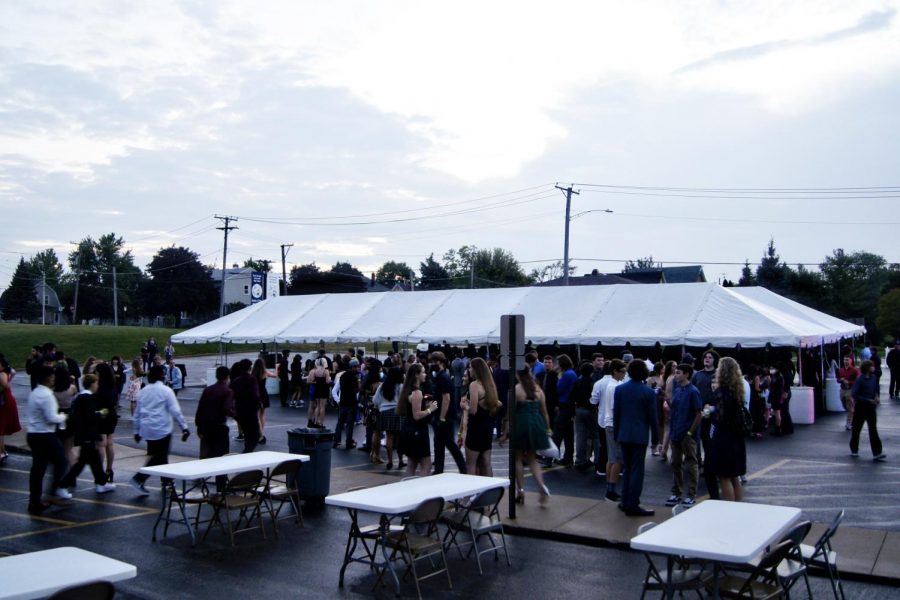
Stricter consequences would also help, as each time an announcement is made and rules are broken, the consequences seem more like a tiny slap on the wrist, and then the behavior continues. If a handful of students were engaging in disruptive behavior at the Homecoming dance, it would have been best if the chaperones did not usher attendees back outside to continue the dance.
With some minor changes, West Chicago Community High School administrators and students can take steps in the right direction, and avoid some of the issues that sometimes arise as a result of collective behavior in large groups.



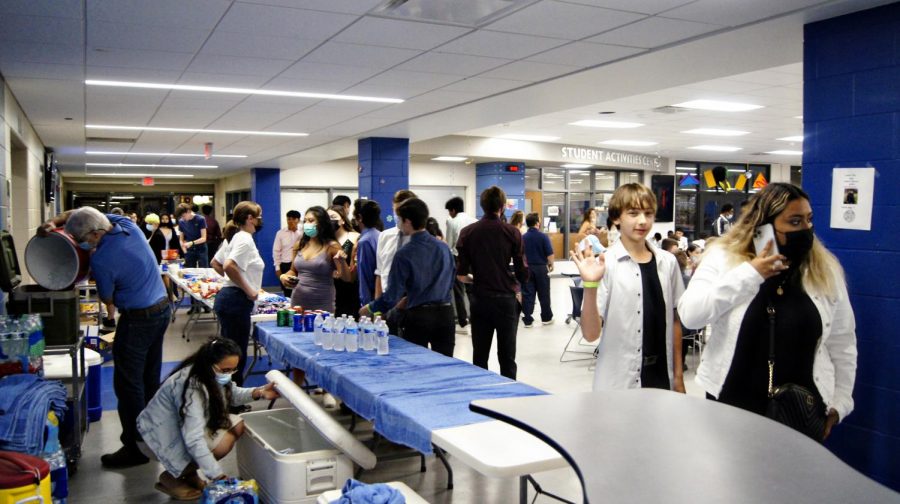



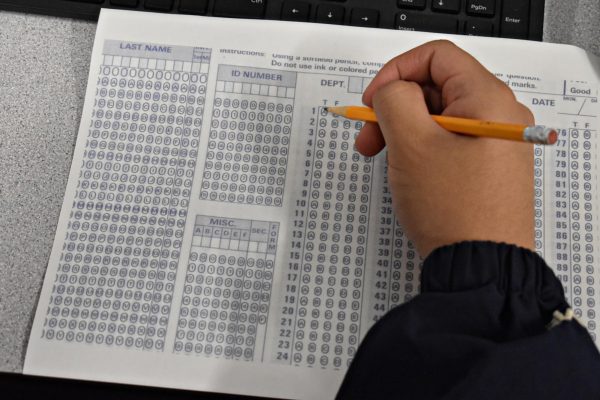


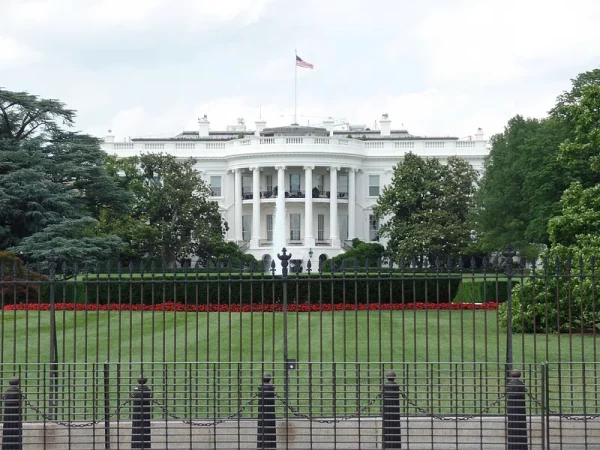

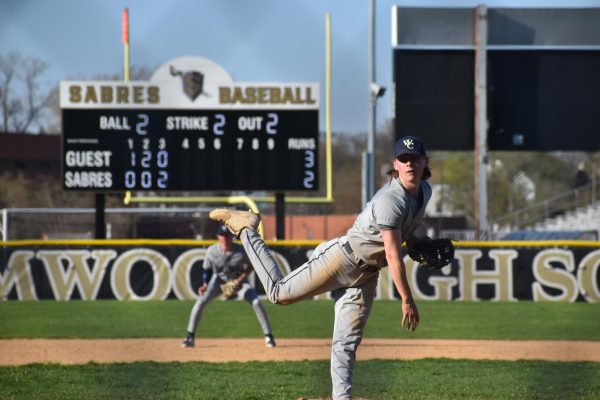

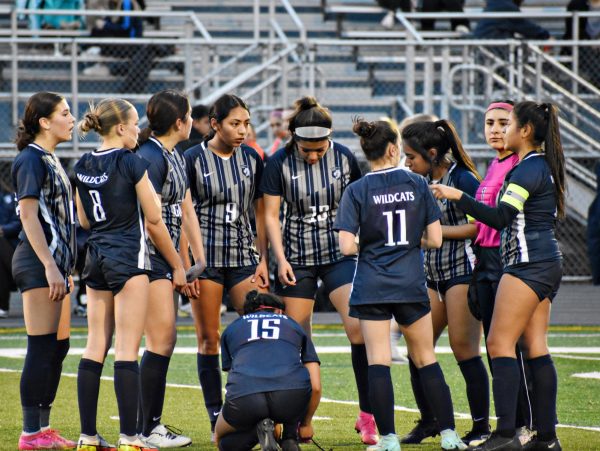

Laura Scott • Nov 22, 2021 at 11:13 am
Great article that clearly presents both sides of the situation. The background on the psychology of mob behavior provided essential background for trying to understand the “why”. Hopefully both sides have learned from the experience.